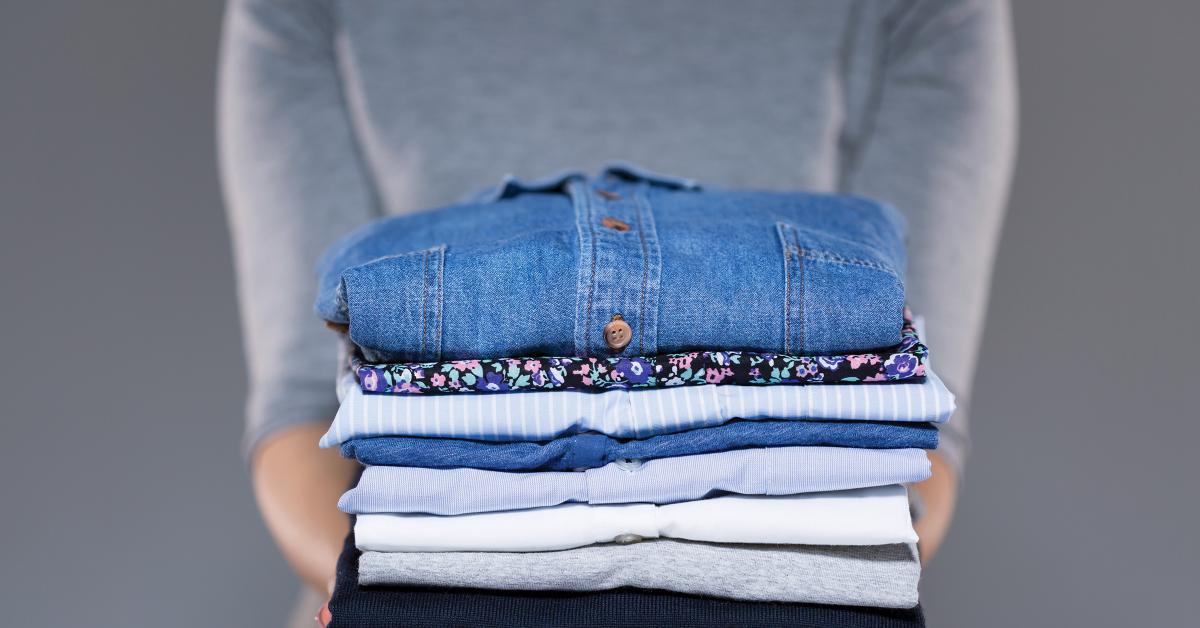Spurred by the pandemic, drycleaning businesses are looking for ways to sanitize laundry loads in order to differentiate themselves from the competition, draw new customer accounts, boost revenue and provide the cleanest, healthiest environment possible.
These goals can all be accomplished by adding sanitization, verifying that loads completed meet the parameters needed to achieve sanitization, and monetizing sanitization through gained efficiencies and wash results.
Methods for Sanitizing Laundry Loads
Practically speaking, it’s easy to add sanitization to laundry loads, either through the use of ozone or an EPA-registered chemical sanitizer additive. The only catch is that ozone use requires special washer seals as it can degrade rubber, while chemical additives require washers with automatic chemical-injection capabilities. But which option is right for you?
Which is Right for You: Ozone or Chemistry?
Ozone (O3) — used in the industry for years — is a powerful cleaning agent that works best in cold water. It’s the third oxygen atom of ozone that attaches to and breaks down organic materials in the wash, including soils, viruses, bacteria and molds. Once broken down, these materials are removed from fabrics during the wash cycle. Ozone systems are easily installed via a connection to a compatible washer and offer up to a 99.9% pathogen kill rate.
If ozone isn’t an option, dry cleaners can also sanitize wash loads using an EPA-registered chemical sanitizer that’s injected into the wash cycle. These work in combination with automatically injected detergents. A chemical sanitizer’s sole purpose is to eradicate close to 99% of the pathogens and molds found in laundry. A programmable washer with automatic injection capabilities is easily connected to a dispensing system provided by your chemical representative. That system automatically injects the chemicals according to specific washer programs.
Verification of Sanitization
Once you add sanitization, you need to be sure all program parameters are met and carried out. Some equipment brands verify that sanitization was achieved by monitoring two variables in the wash process: water temperature and time of exposure. This is critical because the ozone’s effectiveness is depleted if water temperatures or exposure times are not met. Similarly, the activation of chemistry is not maximized if required temperatures and exposure times are not achieved.
The verification process, in the case of Poseidon Textile Care, is available as an add-on module, powered through a cloud-based networking system. This allows facilities to oversee and manage equipment processes and productivity. The system monitors the wash process and verifies that pre-set parameters of temperature and time are achieved. If water doesn’t hit programmed
temperatures, for example, users receive an alert.
Monetizing Through Efficiencies
With a verification system, it’s easy to align with laundering guidelines established by the Centers for Disease Control (CDC), World Health Organization (WHO), and Hygienically Clean certification standards or processes.
At the end of the day, sanitization and its verification are monetized through operational efficiencies and management, by reducing processing time and rewashes, preventing textile degradation, and maximizing chemistry.
If you’re interested in offering sanitization, I suggest contacting your equipment distributor and/or chemical rep. This will save you time in the long run.
Have a question or comment? E-mail our editor Dave Davis at [email protected].

